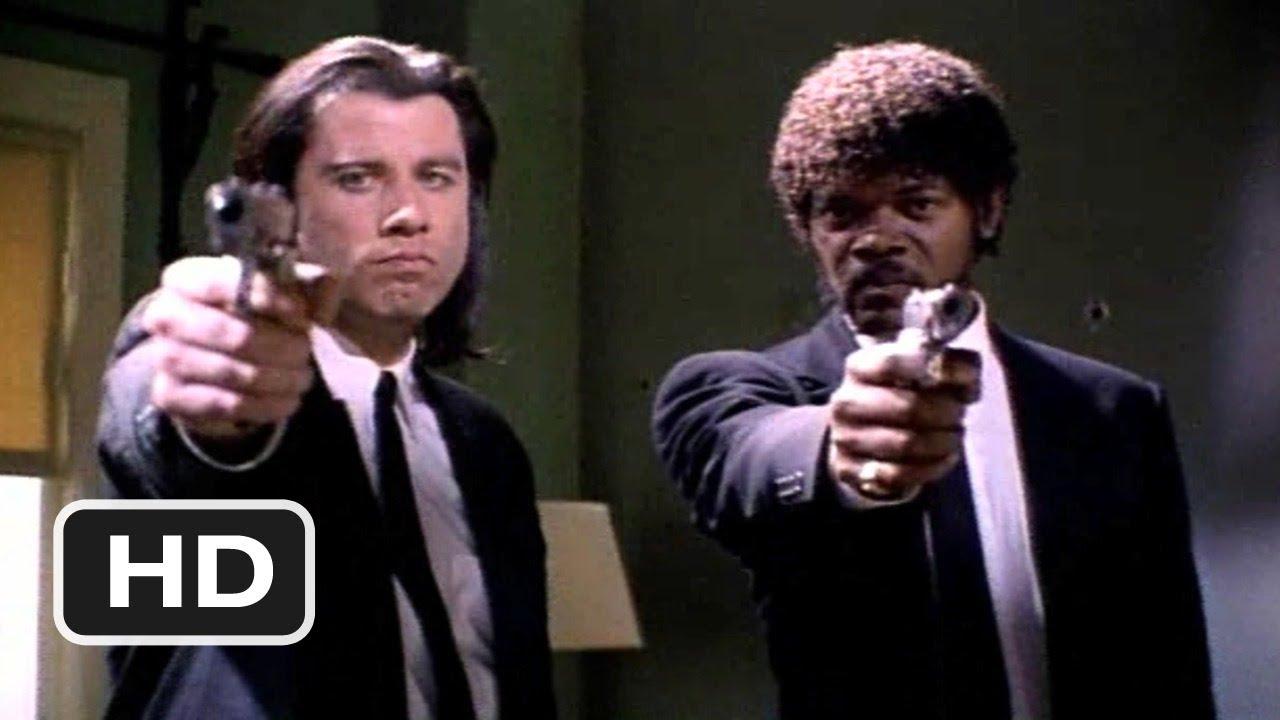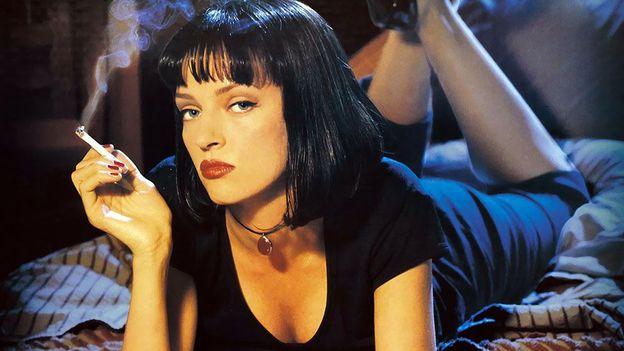In the annals of cinematic history, few films have left as indelible a mark as Quentin Tarantino‘s ”Pulp Fiction.” Released in 1994, this film not only captivated audiences with its eclectic characters and snappy dialogue but also redefined narrative conventions in modern cinema. As an audacious blend of nonlinear storytelling and genre fusion, “Pulp Fiction” challenged traditional filmmaking norms, compelling both filmmakers and audiences to reconsider the potential of narrative structure. This article delves into the ways in which “Pulp Fiction” altered the cinematic landscape, examining its influence on storytelling techniques, its impact on the film industry, and its enduring legacy in shaping the narrative complexity of contemporary films. Through a detailed analysis, we explore how this iconic film served as a catalyst for innovation, inspiring a generation of filmmakers to experiment with narrative form and content.
Impact on Nonlinear Storytelling in Cinema
Pulp Fiction’s release in 1994 marked a pivotal moment in the evolution of cinematic storytelling, particularly with its embrace of nonlinear narratives. Unlike traditional storytelling methods, which follow a linear progression from beginning to end, Quentin Tarantino’s masterpiece fragmented the storyline into a series of interwoven vignettes. This approach not only captured the audience’s attention but also engaged them on a deeper level, encouraging active participation in piecing together the plot. The film’s structure challenged conventional narrative arcs and demonstrated the potential of nonlinear storytelling to enhance suspense and intrigue.
The impact of Pulp Fiction on modern cinema is evident in several key ways:
- Increased Popularity: Filmmakers have increasingly adopted nonlinear narratives, recognizing their ability to create more engaging and dynamic storylines.
- Character Development: By allowing for a more complex exploration of characters, nonlinear storytelling has enabled deeper character arcs and multifaceted personas.
- Innovative Story Structures: The success of Pulp Fiction encouraged filmmakers to experiment with unconventional story structures, leading to a wave of innovative films that break away from traditional narrative constraints.
Through its bold narrative choices, Pulp Fiction set a precedent that continues to inspire filmmakers to explore and experiment with the boundaries of storytelling, shaping the landscape of modern cinema in profound ways.

Revolutionizing Character Development Techniques
In Quentin Tarantino’s groundbreaking film, Pulp Fiction, character development is elevated through a non-linear narrative that defies traditional storytelling techniques. By weaving multiple storylines together, Tarantino not only crafts complex characters but also emphasizes their multifaceted nature. This innovative approach allows audiences to explore characters from different angles and timeframes, offering a more profound understanding of their motivations and transformations. Characters like Vincent Vega, Jules Winnfield, and Mia Wallace are not merely observed but are intricately dissected, providing a richer cinematic experience.
This paradigm shift in character development is further enhanced by Tarantino’s use of dialogue and situational context. Key elements that contribute to this transformation include:
- Dialogue that reveals character depth and personality, often laden with subtext and cultural references.
- Situational irony and moral ambiguity, which force characters to confront their values and choices, adding layers to their persona.
- Interconnected stories, where characters’ lives intersect in unexpected ways, showcasing their influence on each other’s arcs.
These techniques have not only influenced the structure of modern cinema but also redefined the audience’s expectations of character complexity and development.

Influence on Dialogue-Driven Narratives
One of the most profound ways Pulp Fiction has left its mark on modern cinema is through its . Quentin Tarantino’s screenplay is renowned for its clever, non-linear storytelling, but it is the dialogue that captivates and keeps audiences engaged. In contrast to traditional films that prioritize plot progression, Tarantino’s work places a spotlight on character interactions, which are rich in subtext and cultural references. This approach has encouraged filmmakers to craft scripts where conversations reveal the depth of characters, rather than merely advancing the storyline.
- Character Development: The film’s dialogues offer a window into the characters’ minds, allowing audiences to connect on a deeper level.
- Cultural References: By infusing dialogues with pop culture elements, Tarantino created a relatable and immersive experience.
- Non-Linear Storytelling: The fragmented narrative structure is complemented by dialogues that provide context, keeping viewers intrigued.
This shift towards dialogue-centric storytelling has inspired countless filmmakers, leading to a new era where the spoken word is as critical to cinematic storytelling as visual elements. The success of Pulp Fiction demonstrated that audiences are drawn to the authenticity and nuance that comes with well-crafted conversations, a legacy that continues to shape the landscape of modern cinema.
Encouraging Risk-Taking in Filmmaking
In the world of filmmaking, the willingness to take risks can often lead to groundbreaking results. Quentin Tarantino’s Pulp Fiction serves as a quintessential example of how bold choices can redefine cinematic norms. Its non-linear narrative structure was a daring departure from the traditional storytelling methods prevalent at the time. By intertwining multiple storylines and playing with the chronology of events, Tarantino challenged audiences to piece together the plot, making them active participants in the unfolding drama. This approach not only captivated viewers but also inspired filmmakers to explore unconventional storytelling techniques.
Key elements that highlight the film’s innovative structure include:
- Chronological Disruption: The film’s sequence of events is intentionally scrambled, creating a tapestry of interconnected stories.
- Multi-Perspective Storytelling: Characters from different backgrounds and with varying motivations provide a rich, multifaceted narrative.
- Dialog-Driven Plot: The focus on sharp, engaging dialogue rather than action propels the story forward in unexpected ways.
By taking these creative risks, Pulp Fiction not only captivated audiences but also encouraged a new wave of filmmakers to push the boundaries of conventional cinema. The film’s success illustrated that audiences were ready for more complex and engaging narratives, paving the way for a more diverse range of storytelling in modern cinema.
